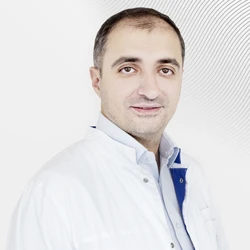Fracture of the zygomatic bone
Says Alexey Lobkov, maxillofacial surgeon, otorhinolaryngologist

The zygomatic bone is one of the "puzzles" that make up the facial skeleton. It usually breaks at the junction with neighboring bones. These are the so-called sutures: zygomatic-frontal, zygomatic-maxillary, zygomatic-temporal.
Fractures of the zygomatic complex of varying severity occur when the area of the zygomatic elevation (the most prominent point under the eye) is "hit".
Most often, the zygomatic complex suffers as a result of an attack, an accident (especially for passengers in the back seat who are not wearing seat belts), or falling from a height.
Classification of fractures
In case of injuries, damage most often occurs not only to the zygomatic, but also to neighboring bones. Thus, we are dealing with fractures of the zygomatic-naso-orbital-maxillary complex in various variations. The only type of fracture within the zygomatic bone proper is the so–called isolated fracture of the zygomatic arch.
What characterizes damage?
After an injury, there are:
- pain,
- edema,
- deformity of the injury area,
- numbness of the skin of the suborbital region and teeth of the upper jaw on the affected side,
- nosebleed from the injury side,
- limited opening and lateral movements of the lower jaw,
- pain when chewing.
First aid:
- Apply cold to the injury site. It can be an ice pack wrapped in a towel.If there is a wound, treat it with an aqueous antiseptic (miramistin, chlorhexidine) and apply a bandage.
- If the pain is severe, take painkillers.
- Contact a clinic, where a doctor will examine you and prescribe additional examinations. It can be an X-ray or a CT scan.
Consequences of a fracture of the zygomatic bone
A fracture with dislocated fragments can lead to facial deformity and impaired chewing function.
Complications that occur after a fracture of the zygomatic bone
- From the paranasal sinuses: maxillary sinusitis.
- From the side of the eye: oenophthalmos, hypophthalmos, double vision.
- Prolonged numbness of the teeth of the upper jaw and the skin of the suborbital region.
- Restriction of mouth opening, restriction of lateral movements of the jaw, which cause difficulties when eating.
Diagnostics
In the diagnosis of injuries to the facial skeleton, computed tomography is the "gold standard", while the sections should be performed with a minimum step of 0.5-1 mm.
Treatment of zygomatic bone fracture
Fractures of the zygomatic bone without displacement and dysfunction are treated conservatively and do not require hospitalization. At the same time, patients are advised to:
- exclude foods that require chewing for 10-14 days, because the chewing muscle is partially attached to the temporal bone and can cause dislocation of fragments;
- apply decongestant lotions and ointments;
- take painkillers in case of pain.
Fractures of the zygomatic bone with dislocated fragments require surgical treatment.
Surgical treatment methods
Surgical methods for the treatment of zygomatic fractures were especially actively developed in the second half of the 20th century. Many authors have proposed their own methods of accessing and repositioning the zygomatic bone: The method of Limberg, Kazanyan, Dubov, Duchant…
For the sake of fairness, it is worth noting that we still use one of the author's methods. This is the Limberg method, but we use it only for isolated fractures of the zygomatic arch, which do not require additional fixation after reposition.
With the introduction of computed tomography into widespread practice, it became possible to have a "map" of fracture lines before surgery, and modern technical capabilities and principles of osteosynthesis combined all existing methods into one.
The operation performed by this method is aimed at repositioning (placing in the correct position, matching) fragments and fixing them with titanium microplates.The plates are mounted on the bone through micro-incisions. According to modern principles, at least 3 fixation points of fragments are necessary for stable fixation of the zygomatic bone: in the area of the inferior orbital margin, the zygomatic-frontal suture and the zygomatic-alveolar ridge.
As a result, the duration of rehabilitation has been reduced. The length of stay in the hospital is from 1 to 3 days. As a rule, a control CT scan is performed the day after the operation and, if there are no complications, the patient is discharged.
Patients return to normal life after 7-10 days. Sauna, sauna, swimming pool, contact sports, hypothermia are not recommended for up to one month.
Author: Alexey Lobkov, maxillofacial surgeon, otorhinolaryngologist
Why the EMC
The first and only clinic in Russia, created in the image of the world's leading clinics
EMC is a multidisciplinary center offering patients a high level of medical services and a personalized approach
Worldwide recognition and awards
 Learn more
Learn more
Worldwide recognition and awards
 Certificates and licenses
Certificates and licenses
Make an appointment for a consultation
Specify your contacts and we will contact you to clarify the details
Reviews
and new products of the EMC

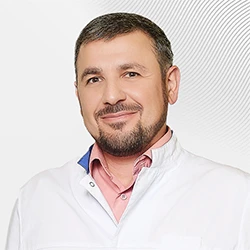

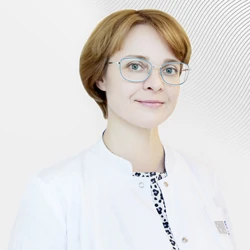

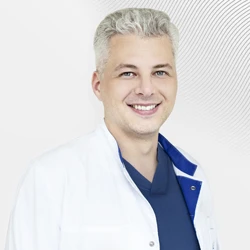

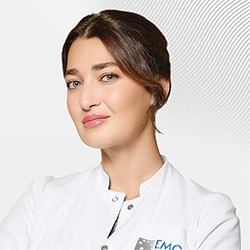
.webp)


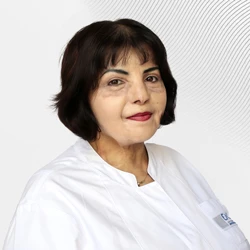
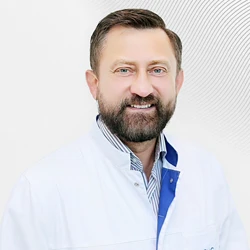
.webp)
